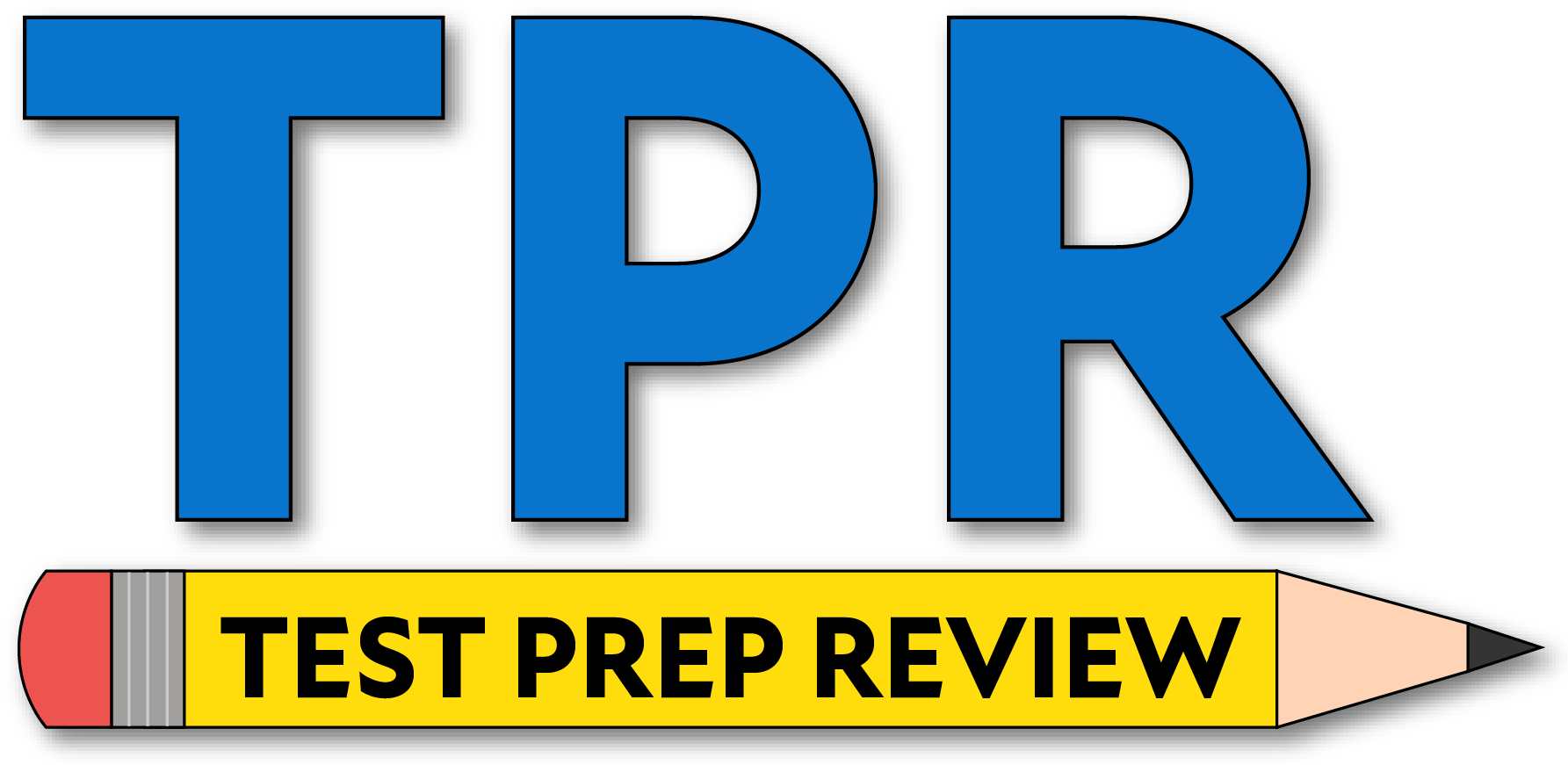- Which of the following hormones causes increased atrial pressure and decreases sodium reabsorption in the kidneys?
- Atrial natriuretic peptide
- PTH
- Aldosterone
- Vasopressin
Atrial natriuretic peptide (ANP) is released with atrial stretch. It promotes natriuresis/diuresis by decreasing tubular Na+ reabsorption and inhibiting renin/aldosterone/ADH, lowering blood volume and pressure.
- Angiotensin I is changed by which of the following into angiotensin II?
- ACE
- AVT
- Pepsin
- Adenosine
Angiotensin-converting enzyme (ACE), largely in pulmonary endothelium, converts angiotensin I to the potent vasoconstrictor angiotensin II.
- Which of the following is not a cause of peripheral edema?
- Increased capillary permeability
- Reduced levels of plasma proteins
- Heart failure
- Decreased capillary hydrostatic pressure
Edema results from increased capillary hydrostatic pressure, increased permeability, decreased plasma oncotic pressure, or lymphatic obstruction.
Decreased capillary hydrostatic pressure would oppose fluid filtration, not cause edema.
- Which of the following during an electrocardiogram is associated with hypokalemia?
- QRS complex
- U wave
- PR segment
- ST segment
Hypokalemia classically shows prominent U waves (often with flattened T waves and ST depression). Severe cases predispose to arrhythmias.
Changes isolated to QRS, PR, or ST are less specific for hypokalemia.
- Which of the following is not generally associated with a second-degree (Mobitz Type 1) AV block?
- Usually asymptomatic
- Progressive PR prolongation with intermittent dropped QRS (Wenckebach)
- Increased PR segment/interval
- 70% fatal
Mobitz I is typically benign and often asymptomatic. It features gradually lengthening PR intervals before a non-conducted P wave.
High fatality is not characteristic of Mobitz I.
- An S3 heart sound is often associated with?
- CHF
- COPD
- Atrial fibrillation
- Ventricular fibrillation
An S3 can be physiologic in youth/pregnancy but in older adults often indicates volume overload states such as congestive heart failure.
COPD and arrhythmias are not typical causes of an S3.
- Mean arterial pressure is the product of:
- TPR × SV
- TPR × CO
- CO ÷S V
- SV ÷ EDV
MAP ≈ CO × TPR (central venous pressure is usually negligible in this relation).
The other expressions do not define MAP.
- During phase 3 of the myocardial action potential which ion is moving the most?
- K+
- Ca2+
- Na+
- Cl–
Phase 3 (repolarization) is dominated by K+ efflux via delayed rectifier K+ channels.
Ca2+ influx peaks in phase 2, while fast Na+ influx defines phase 0.
- An ejection fraction can be calculated as:
- SV ÷ TPR
- CO ÷ TPR
- SV ÷ EDV
- CO ÷ EDV
Ejection fraction is stroke volume divided by end-diastolic volume.
TPR is not part of the EF calculation.
- Which of the following is not a bradykinin effect?
- Elevated capillary permeability
- Elevated pain levels
- Elevated vasodilation response
- Elevated prothrombin secretion
Bradykinin promotes vasodilation, increased vascular permeability, and pain. It does not increase prothrombin secretion.
- PAH is secreted in which of the following locations?
- Distal tubule
- Loop of Henle
- Collecting tubule
- Proximal tubule
Para-aminohippurate (PAH) is actively secreted by proximal tubule cells via organic anion transporters. It’s used to estimate renal plasma flow.
- Which of the following is not an anterior pituitary gland secretion?
- TSH
- GH
- Vasopressin
- Prolactin
Vasopressin (ADH) is released from the posterior pituitary (synthesized in the hypothalamus). TSH, GH, and prolactin are anterior pituitary hormones.
- Thyroid hormone T3 does not have which of the following functions?
- Stimulate bone development and growth
- Create beta-adrenergic responses
- Cause brain development
- Decrease calcium reabsorption
T3 supports growth (including bone), CNS development, and increases beta-adrenergic responsiveness and basal metabolic rate.
Decreasing calcium reabsorption is not a recognized direct action of T3.
- Hypercalcemia has not been linked with which of the following?
- Primary hyperparathyroidism
- Aldosterone
- Sarcoidosis
- Malignancy
Hypercalcemia is commonly due to primary hyperparathyroidism or malignancy and can occur in granulomatous diseases such as sarcoidosis.
Aldosterone excess is not a typical cause of hypercalcemia.
- Which of the following does not require the precursor progesterone?
- Cortisol
- Testosterone
- ACTH
- Aldosterone
ACTH is a peptide hormone derived from POMC and is not synthesized from progesterone.
Cortisol, aldosterone, and sex steroids arise from cholesterol via steroidogenic pathways that pass through progesterone intermediates.
- Which of the following is the source cell for the secretion pepsinogen?
- Chief cell
- Plasma cell
- G cell
- Parietal cell
Chief cells of the gastric mucosa secrete pepsinogen, which is activated to pepsin in acidic conditions.
- Which of the following is the primary activator of zymogen secretion?
- Somatostatin
- Secretin
- Acetylcholine
- Cholecystokinin (CCK)
CCK from duodenal I cells is the principal stimulus for pancreatic acinar enzyme (zymogen) secretion. Vagal acetylcholine also stimulates.
Secretin mainly stimulates bicarbonate from ductal cells. Somatostatin is inhibitory.
- Which of the following is not a function of angiotensin II?
- Causes release of aldosterone
- Causes vasodilation
- Causes increased posterior pituitary activation
- Elevates blood pressure
Angiotensin II is a potent vasoconstrictor that increases blood pressure, stimulates aldosterone release, and promotes ADH release from the posterior pituitary.
Vasodilation is not an effect of Ang II.
- Which of the following is not a function of progesterone?
- Causes increased body temperature.
- Causes some smooth muscle relaxation.
- Causes increased spiral artery growth
- Causes activation of FSH
Progesterone raises basal body temperature, relaxes some smooth muscle, and supports secretory endometrium with spiral artery development.
- Which of the following is not a function of estrogen?
- Causes breast growth.
- Causes inhibition of FSH
- Increased follicle development
- Decreased overall transport proteins
Estrogen promotes breast/uterine growth, follicular development, and (in much of the cycle) negative feedback that suppresses FSH. It increases hepatic synthesis of many transport proteins, not decreases them.
